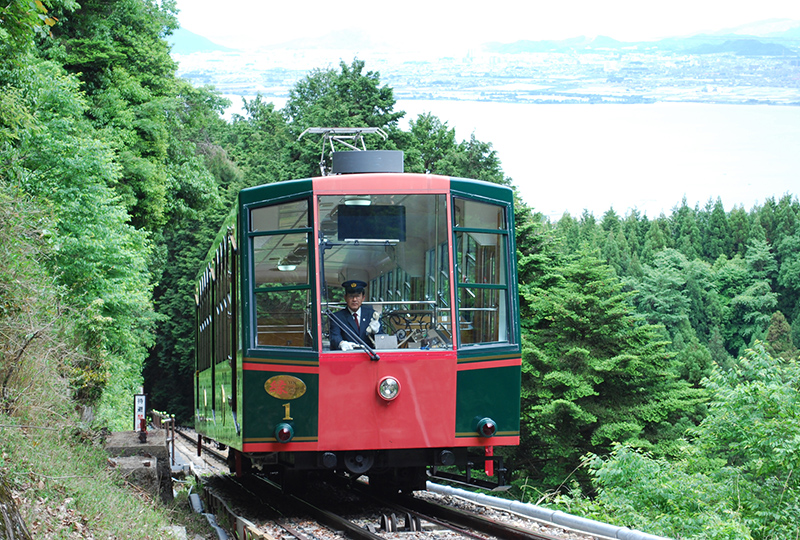
Sakamoto Cable Railway
The Sakamoto Cable Railway that connects Enryakuji Temple and Sakamoto takes approximately 11 minutes to cross its two kilometer operating distance, making it the longest cable car in Japan. From the windows you can look down across Lake Biwa. The Cable Enryakuji Temple Station on the mountainside has been selected among the “One Hundred Stations of Kinki,” while the retro station building at Cable Sakamoto Station, erected in 1927, is a nationally registered tangible cultural asset.
| Charges | Adult: one way 870 yen / round trip 1,660 yen |
|---|---|
| URL | http://www.sakamoto-cable.jp/en/ |
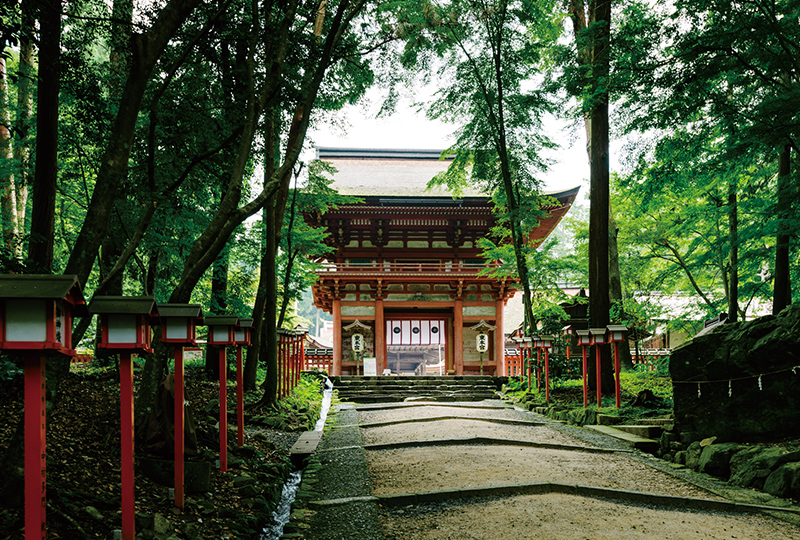
Hiyoshi Taisha Shrine
This Shinto shrine was created approximately 2,100 years ago at the base of Mt. Hiei, and is now the head shrine for the more than 3,800 Hiyoshi, Hie, and Sanno shrines across Japan. The shrine has been worshipped since ancient times as the divine protector of Kyoto and Mt. Hiei Enryakuji Temple. Many of the shrine's buildings are designated as national treasures or important cultural assets. The grounds feature pure flowing water and deep forests, and with more than 3,000 maple trees they are a famous spot for viewing the crimson leaves of fall. The Sanno Festival held in April each year is also a bold and awe-inspiring spectacle.
| Visitation Times | 9:00 - 16:30 |
|---|---|
| Charges | Adult 300 yen |
| URL | http://hiyoshitaisha.jp/ |
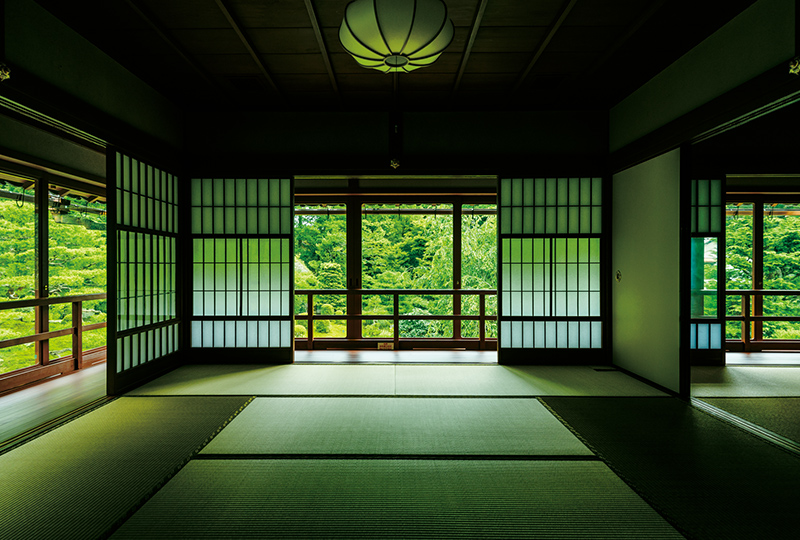
Former Chikurin-in
There are around 50 Enryakuji Temple satobo (places to which monks retired) still to be found in Sakamoto, of which Former Chikurin-in is one. It boasts a wonderful garden covering more than 3,300 square meters, and has been designated a national beauty spot. The garden incorporates waterfalls and artificial mountains making skillful use of the terrain in the foothills of the mountain, creating beautiful scenery to match the season; fresh greenery and moss for early summer, crimson leaves for fall, and snows for winter. You can also enjoy some tea while looking out over the garden.
| Opening Hours | 9:00 - 17:00 (reception open until 16:30) |
|---|---|
| Closed | Mondays (open if a holiday), the day after holidays, Dec 26 - Dec 31 |
| Charges | Adult 330 yen |
| URL | https://kyuchikuriin.web.fc2.com/ |
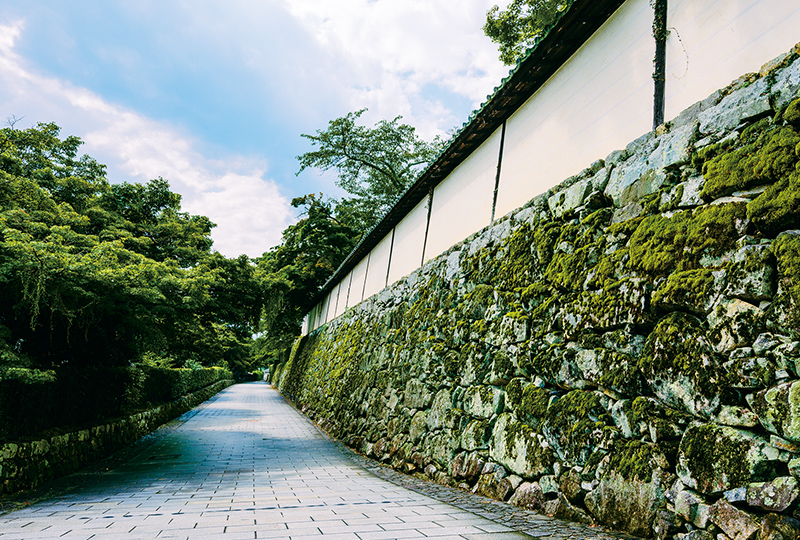
Anozumi
Sakamoto features special stone walls created by the Anoshu, a group of 16th century stone workers, which are called the "anoshuzumi." This style of construction is characterized by the skillful combination of the stones to provide incomparable strength while maintaining their natural beauty. You can view the stone walls in the old homes and shrines in the town, centered in the satobo to which monks from Enryakuji Temple retired. This method of stone piling has also been used for making castle walls across Japan.
| URL | http://www.hieizansakamoto.jp/ws-anoisizumi.html |
|---|
Dining
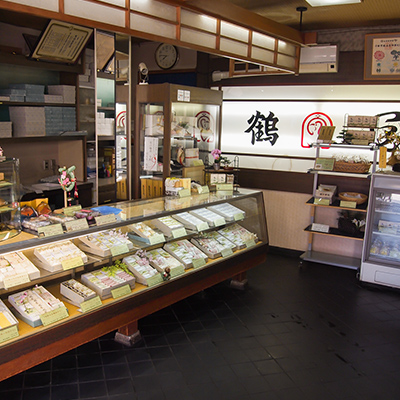
Tsuruya Masumitsu
A Japanese confectioner with more than 100 years of history, which got its start by becoming independent from the famous Kyoto store Tsuruya Yoshinobu. It is known as the purveyor to both Enryakuji Temple and Hiyoshi Taisha Shrine. Here you can enjoy a range of seasonal confections, including manju buns made using famous Sakamoto soba and confections made in the shape of monkeys, the guardian deity of Hiyoshi Taisha Shrine.
Opening Hours 9:00 - 19:00 Closed Wednesdays (open if a holiday) URL http://www.turuya.jp/ 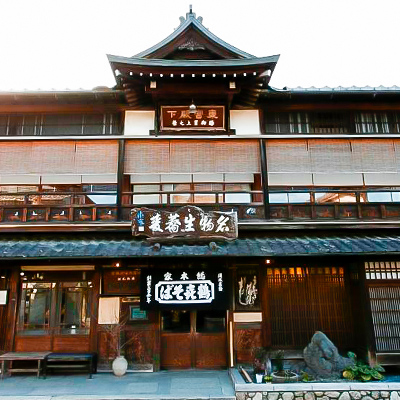
Tsuruki Soba
A soba restaurant founded at the start of the 18th century in Sakamoto, a town that flourished as the gateway to Enryakuji Temple. The succeeding generations have served as purveyors to Enryakuji Temple. Their handmade soba is richly flavored with a smooth texture, the ratio of ingredients adjusted each day in accordance with the temperature and humidity. The restaurant building itself is a traditional Japanese construction of more than 130 years. It is a national registered tangible cultural asset.
Opening Hours 10:00 - 17:30 (last orders 17:00) Closed The third Friday each month (also the third Thursday in January and June; remains open in August and November), January 1st URL http://www.tsurukisoba.com/
